Imitation and Sensory Development is the Key
The child between birth and age seven experiences the world primarily through her body. The senses are completely open, without filters or buffers, beginning at the moment of birth. The newborn continues to experience each sensation with her entire body and being. This is easy to see in the infant, who is all hunger or the pain in her stomach, or all the blissful sensations of nursing that cause her eyes to roll back and her toes to curl. The three-year-old, as well, is much more open to impressions of the world coming through the senses than in an adult. We can even observe that children’s eyes stay open longer between blinking than do an adult’s.
Two things are happening through sense impressions from birth through age seven. The child is both learning about the world and being shaped by the impressions she takes in, just as a sculptor might work with clay. This phenomenon does not occur very often with adults, who are less open and responses to the environment than young children.
This ‘sculpting’ effect of impressions on a young child’s developing organs was not meant to be taken metaphorically. Current research has demonstrated that this is physically true for the young child’s brain, which is still forming, not just growing larger. According to an article in Newsweek, “Only 15 years ago, reports the Families and Work Institute in the just-released study ‘Rethinking the Brain,’ neuroscientists assumed that by the time babies are born, the structures of their brains (had been) genetically determined. But researchers recently found out that was wrong. Instead, early childhood experiences exert a dramatic and precise impact, physically determine how the neural circuits of the brain are wired.”
The second thing the child is doing through sense impressions is learning about the world. Through the body the baby learns about near and far, attainable and unobtainable, as when he learns that a spoon can be grasped but the flowers on the table remain out of reach. As she begins to learn the names of things, memory, language, and thinking develops so she can give expression to her own and the world’s emerging complexity. When the child reaches age three and beyond, what is taken in with the senses is also transformed and comes out again in the creative play and imagination of the young child.
The child’s major task in the first year of life is taking control of the body. Sitting, crawling, and walking are quickly followed by running, jumping, climbing, and other feats of dexterity as fine and gross motor coordination increase. Everything is done for the first time – using shovel, sitting on seesaw, cutting with a scissors – and then it is done over and over again. The child loves to move and to imitate, learning through doing something with someone else or after seeing it done. And the young child loves repetition, hearing the same story over and over or playing the same circle game, no matter how simple or boring it may seem to an adult.
The young child is also learning about the world emotionally, learning the fundamental lessons about trust and attachment, and later lessons about sharing and consequences. It has long been known that babies and young children in institutions where they are denied the love of a primary caregivers suffer “failure to thrive syndrome” and can die, even though their physical needs are being met. Now PET scans of the brains of orphans who have been institutionalised since shortly after birth shows that the temporal lobes, which regulate emotions and receive input from the senses, are nearly quiescent. Such children suffer emotional and cognitive problems results not only from a lack of stimulation but also from a lack of love and bonding.
The baby is love. Bonding is less a process of babies learning to love their parents-because children will love even parents who abuse them – than of parents establishing the connection that will enable them to make room in their busy lives for another being who needs attention twenty-four hours a day! Children enter the world with a great deal of love and trust. They are not yet able to perceive good and bad, but they take everything as good and appropriate to absorb and unconsciously imitate.
OUR CRUCIAL TASK AS A PARENT
One of our primary tasks as our children’s parent is to provide them with impressions of the world that are appropriate for them to take in and copy. This means guarding and protecting them from sensory overload in a world of urban frenzy, and surrounding them with experiences that teach them about the world in a gentle way by letting them do things directly themselves and later act them out in their play.
We also need to strive to model appropriate behavior – that our emotions are under control with our children, that we don’t spank them while admonishing, “Don’t hit!” and so forth. Our actions speak louder than our words with the young child, who cannot help but imitate. Through us, children learn whether or not their initial love and trust in the world were well founded.
Another of our main tasks is to understand our children’s physical, emotional, and mental development so we can guard it and let it unfold without hindrance. No one would want to stop a child from walking, but it is also something that we don’t have to worry about teaching the child. The child will walk when she is ready, as a natural expression of the mastery of her own body-the development of balance and the achievement of verticality in the face of gravity that has kept her horizontal for so many months. There is a task for us to guard, to protect, to understand, to share, and to enjoy with the child the unfolding of his or her abilities. We can do things to enhance abilities by providing an example and allowing the young child to express them freely from out of his own being. We can also note discrepancies in development and areas at risk and take gentle steps to help ensure balance. But with the young child much more is achieved indirectly through example and imitation than head-on through lessons.
No matter what our family situation or lifestyle, we as parents are our children’s first teachers. The importance of what they learn in the home an through their relationship with us cannot be underestimated.
By understanding how children develop and some things we can do to help their balanced and healthy growth-physically, mentally, emotionally, and spiritually, we will not only help our children but also increase our own enjoyment and growth as parents.
ESSENTIAL PARENTING PRINCIPLES
Sometimes we parents can become overwhelmed when we contemplate the momentous nature of the task before us. Contradictory advice for books and friends can leave us feeling frustrated or annoyed. Becoming painfully aware of the times we fall short of our own ideals can be downright discouraging!
Fortunately, children are resilient, and most of children are developed into fine. But we’ve realised through the years that much frustration and grief can be avoided by keeping in mind a few basic principles listed below.
1) We need to accept who we are and build up the support we need. Today there are many more possibilities for balancing home and work than in the past. Not working outside the home when your children are young, managing a home business, working flexible hours, having your mate be a stay-at-home parent, living communally, inviting grandma to live with you, going back to work when the baby is six weeks or six months old-all of these approaches have their difficulties and rewards. No matter what you do, you will find you need and deserve support.
The real difficulty comes when we are doing something that we don’t want to be doing. For example, if we must work when we want to be home, or if we ware staying home when it is driving us crazy, then our parenting will tend to be influenced by guilt, resentment, and a whole range of other negative emotions. We need to make our best choices at each moment. We can’t always have what we feel would be ideal, but we can actively do the best with the options as we see them.
2) We need a true understanding of children and their world. When we have an understanding of children’s real developmental needs, we can respond to them in ways appropriate for their age that can lead to their balanced development.One thing that Rudolf Steiner’s Waldorf education & child development gets totally right is that up to the age of six they learn primarily through imitation! It seemed so obvious once we become aware of it. Why hadn’t we thought of that?
3) We need to trust the natural process of development and not interfere with it. By understanding a child’s physical, mental, and emotional development, we will be able to avoid doing things that are appropriate for a child at once stage of development but can possibly be damaging for a younger child. Just as it is important for children to crawl before they walk (to establish the neurological patterns in the brain), so we need to let children be children to crawl before they walk (to establish the neurological patterns in the brain), so we need to let children be children and unfold according to their own inner timetable, which always demonstrates both pattern and individual differences. If we see each child as a unique individual, we will be able to do things to enhance their gifts and to work on their weaknesses with a view toward a balanced development of thinking, feeling, and physical abilities.
4) We need to trust our children as individuals. We are not the only ones participating in our children’s development. They also have something to say about it, albeit not consciously. If this were not so, how could children growing up in the same family be so radically different? Each child is unique, neither merely the sum of his or her experiences in the family nor the product of our skill as parents. Sometimes it is only when they have a second child that parents realize how different children can be and how they help create what happens to them.
5) You can neither take all the credit nor all the blame for how your child turns out. We cannot consciously select the children who come to us, which is no doubt a blessing. Our task is to do our best, and to trust in the best. We need to trust our children to be resilient; to be able to heal, to be terrific people despite our flawed efforts and our most regretted actions. We can, however, strive to help each child’s experience (and our own) be as positive and rewarding as it will be varied. This striving can be one of the most important things children learn from us.
6) We need to value our parenting. There is a way in which no one can do a better job than you of raising your child. No paid caregivers, however skilful and loving, can feel as much excitement as you do over your baby’s every accomplishment. Parents have a unique involvement with their offspring that is nourishing to the child.
7) We need to value our homemaking. We are our children’s first home, which then expands to include life as it unfolds in our physical house or apartment. When we have children, we are creating a home willy-nilly. The more attention, awareness, and creativity we can put into the process, the more home life can become a platform that effectively supports every member of the family, including ourselves.
By reminding ourselves that the child between birth and age seven experiences about the world primarily through her body and senses and learn primarily through mainly imitation, we can do to help their balanced and healthy growth-physically, mentally, emotionally, and spiritually.
And, frustration and grief can be avoided by keeping in mind a few basic principles listed above. This will not only help our children but also increase our own enjoyment and growth as parents.
Happy Parenting!

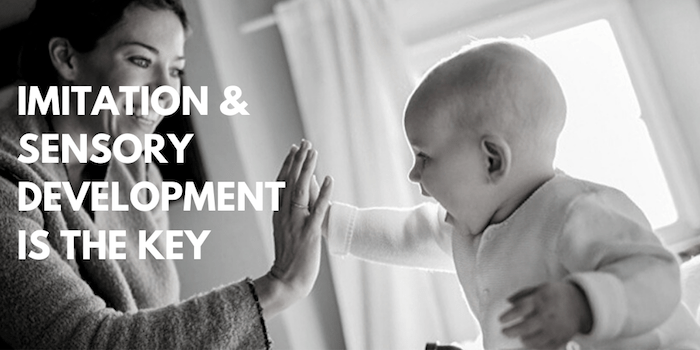

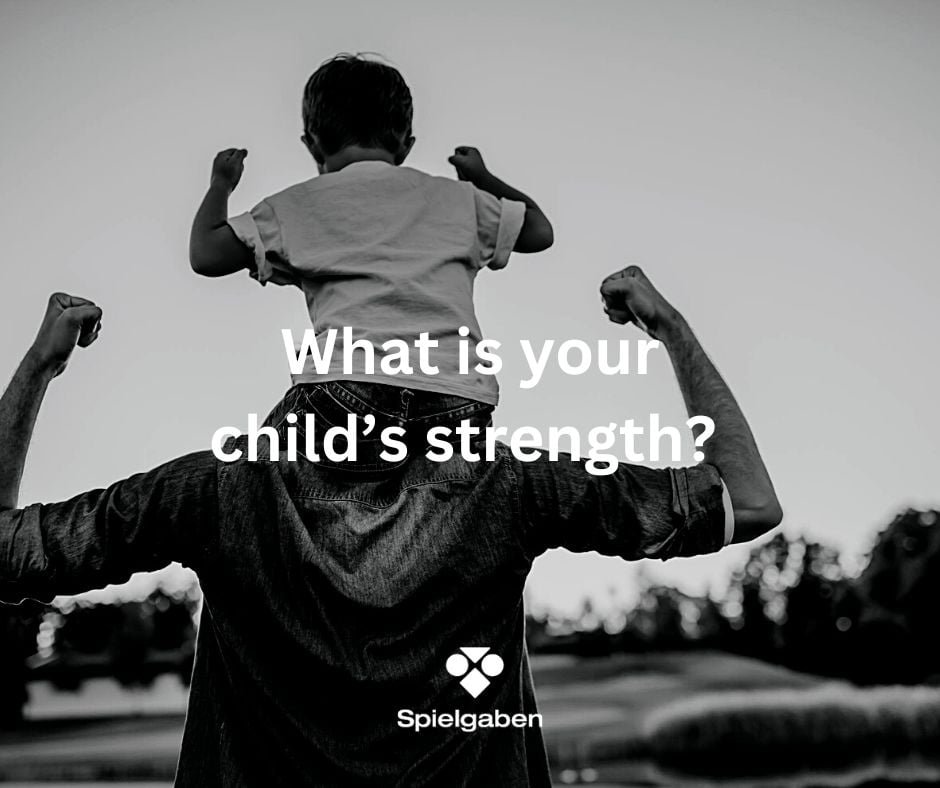
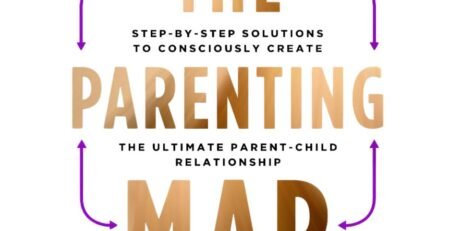

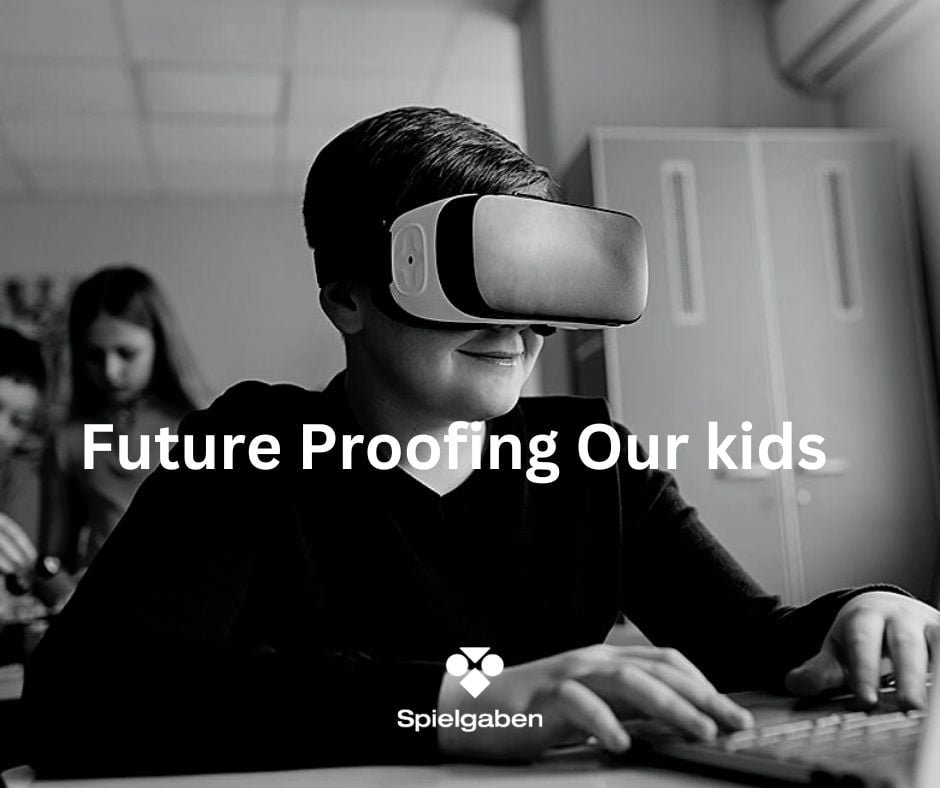
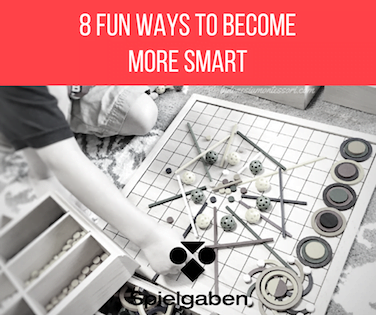
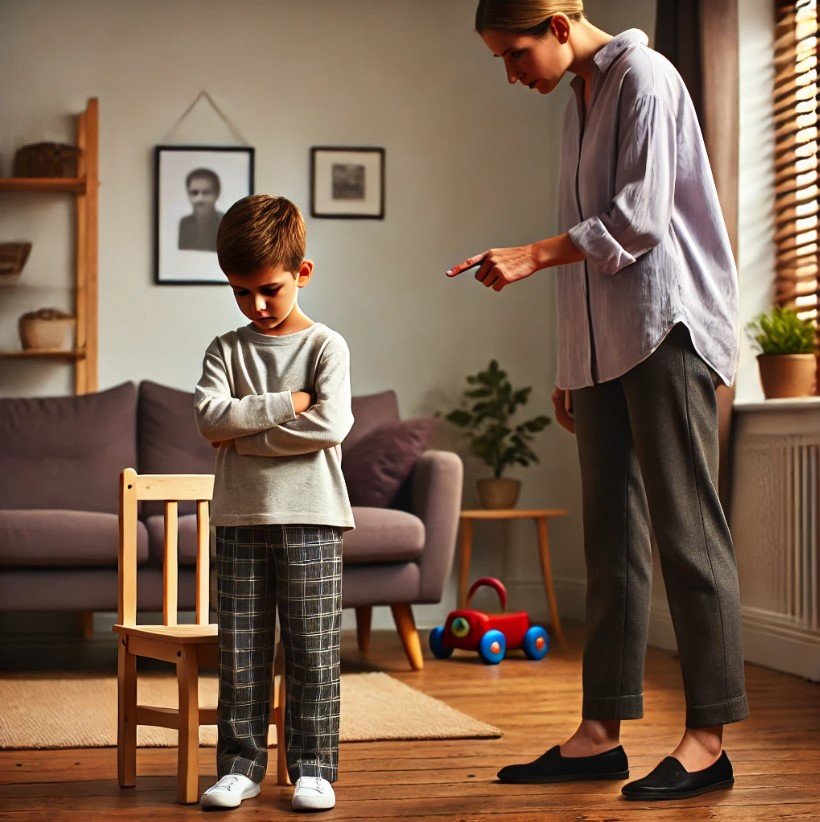
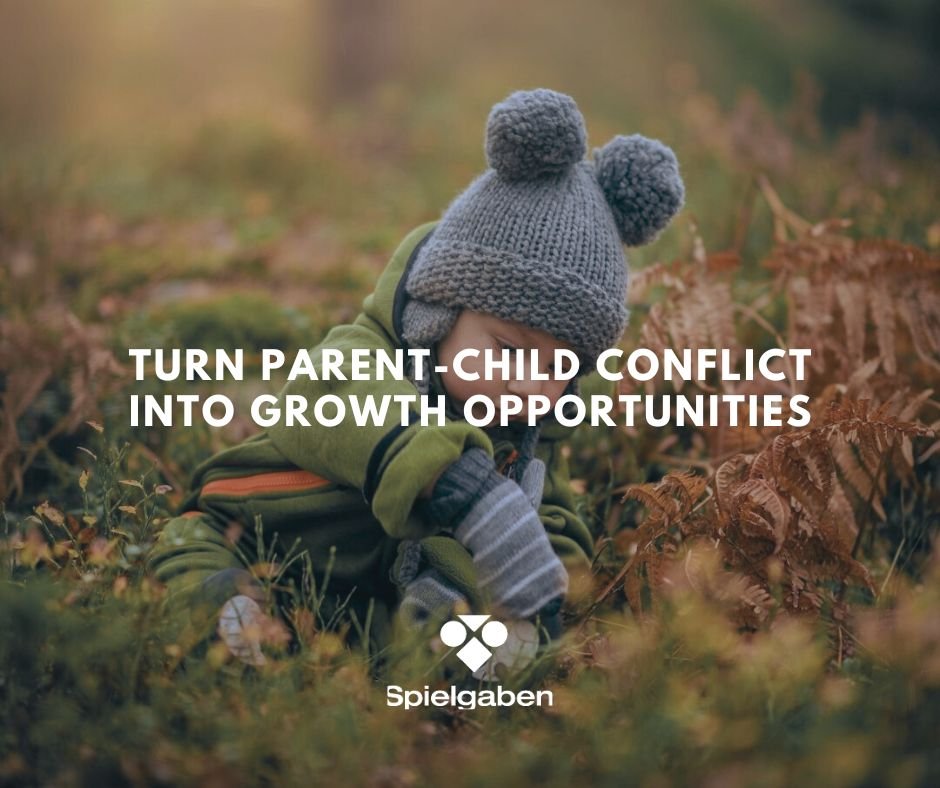

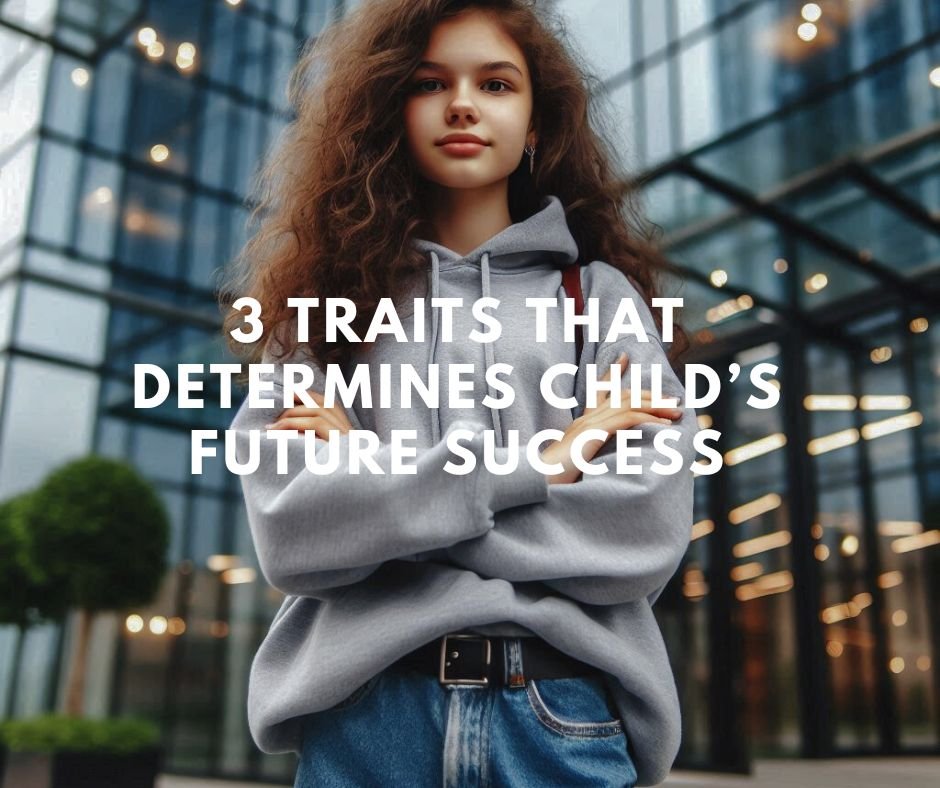

LEAVE A COMMENT